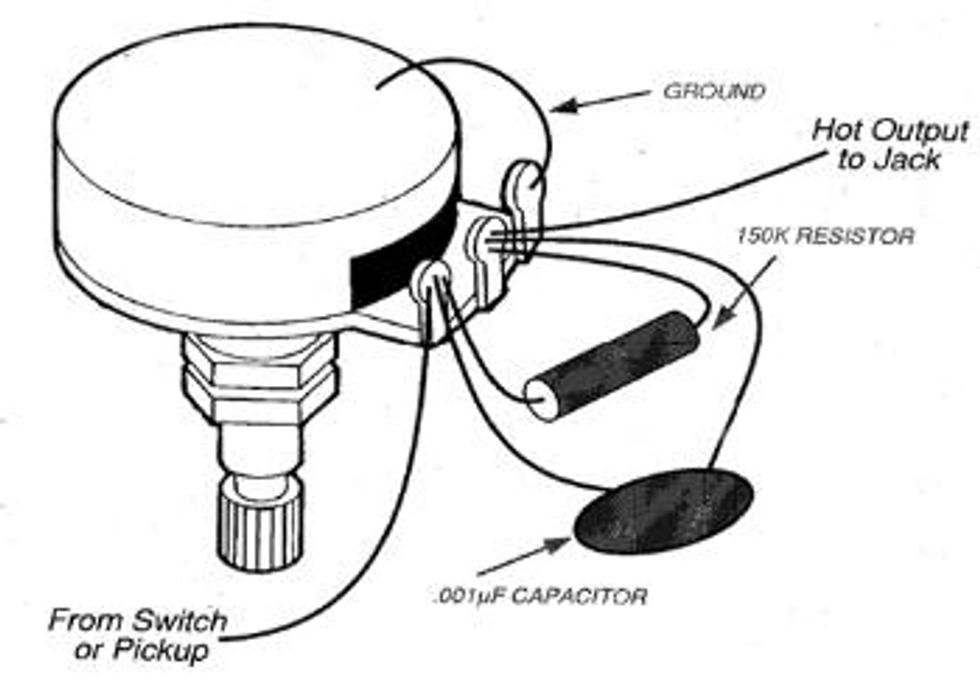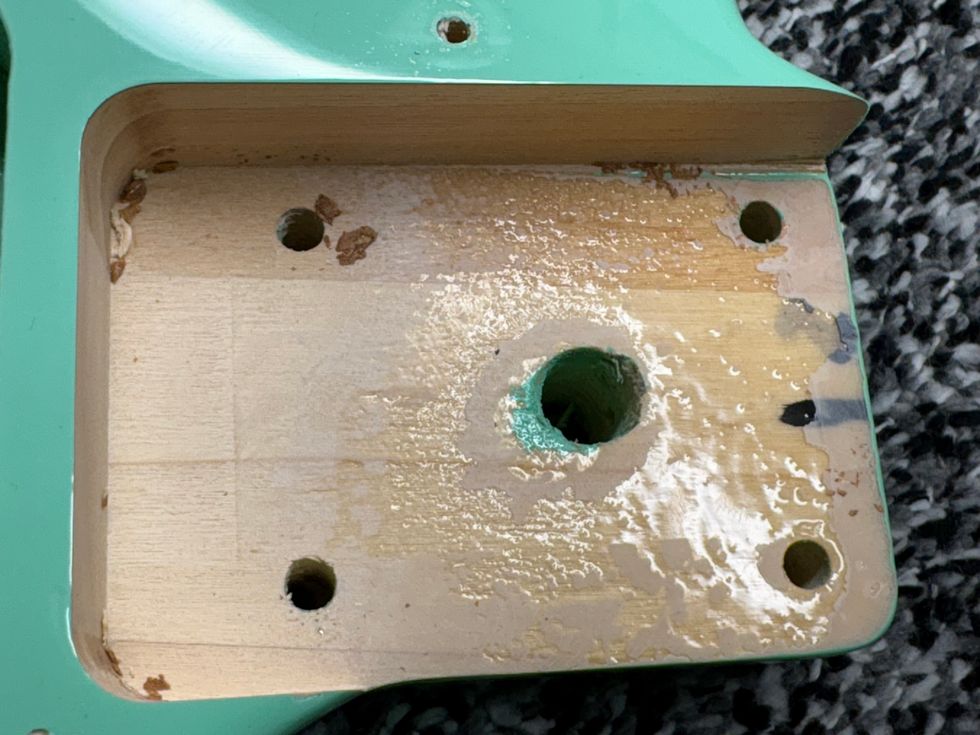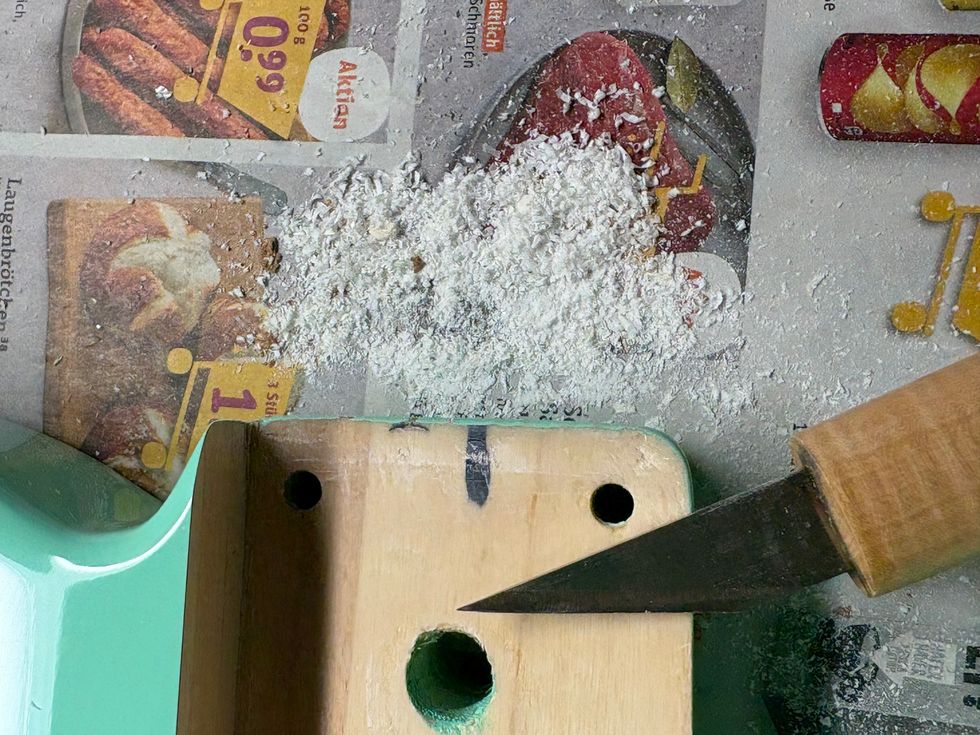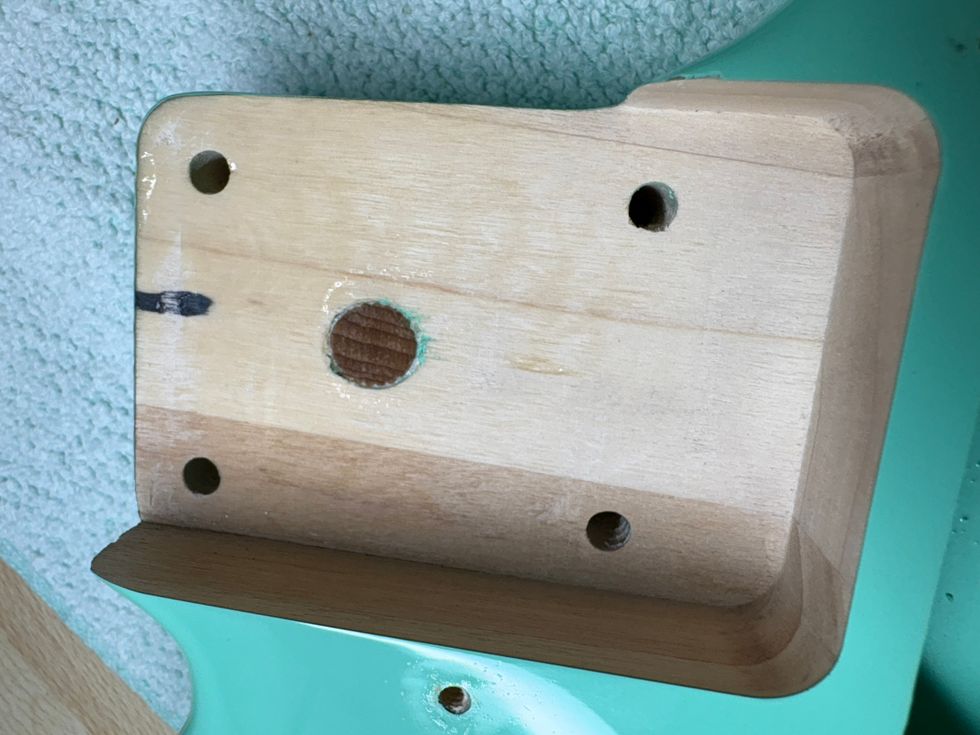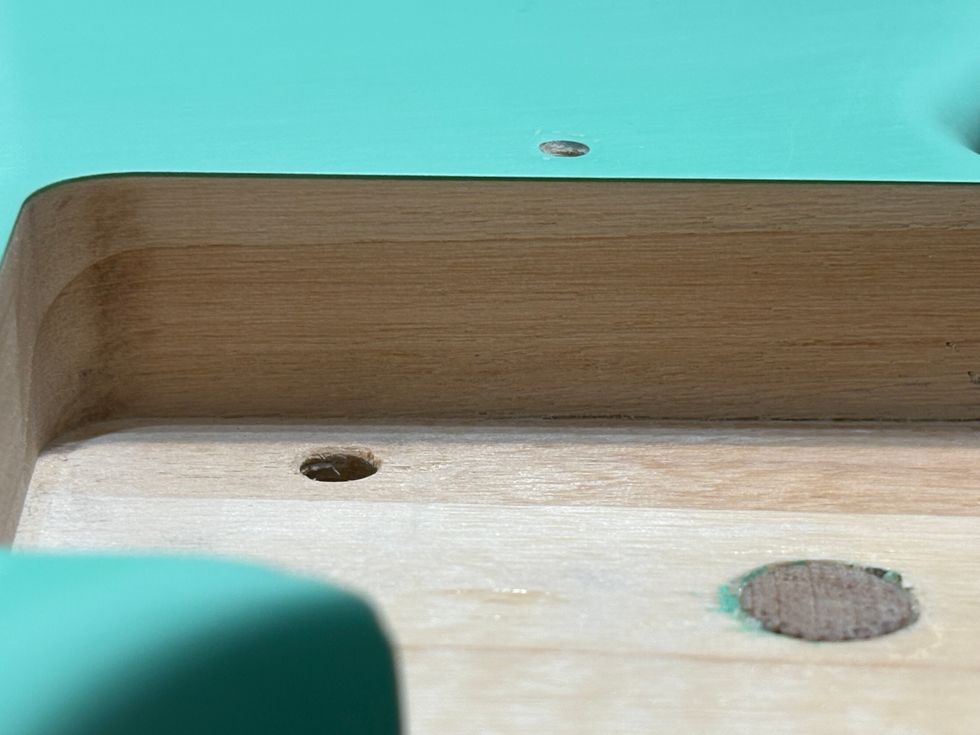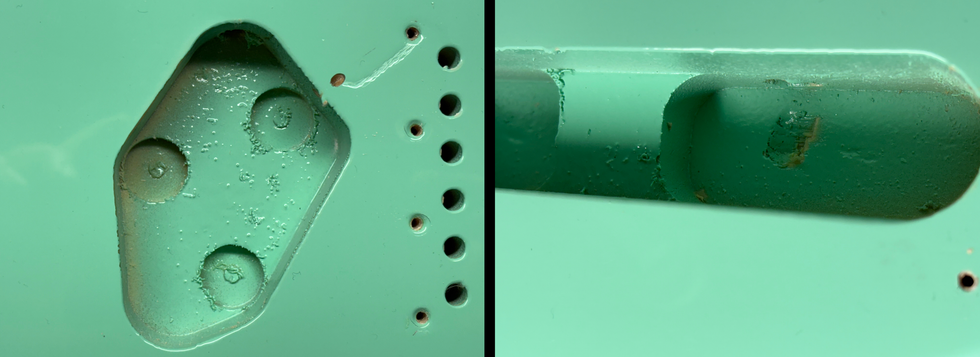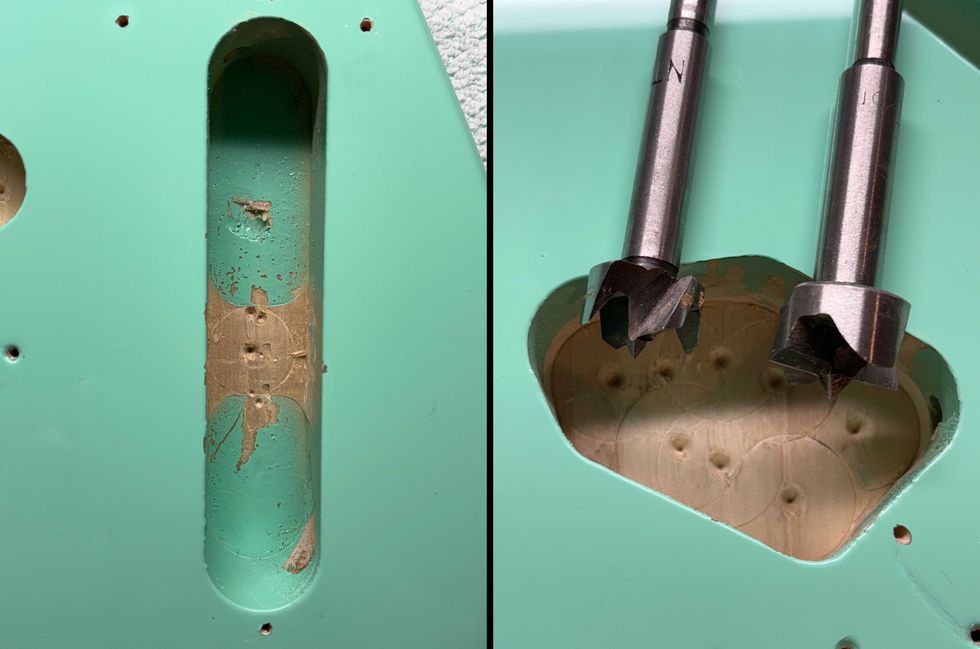After spending a lot of time with our passive tone controls and tone caps, I think it's time to take care of its soul mate – the volume pot! With the standard passive volume system there are typically two problem fields:
1. The taper
2. The treble loss when rolling back the volume (aka "volume vs. tone problem")
The taper
I imagine we''ve all experienced this problem – the volume control acts useless, more like an on/off switch, rather than having a smooth and even taper over the whole range of the pot. This is part of the game when using passive guitar systems – some guitars suffer more from this problem than others. As you know, everything always affects everything else when it comes to passive guitar systems, and there are a number of possible causes for this problem. Thankfully, there are some things you can do to get rid of it. First and foremost, it's crucial to make sure that your volume pot has an audio taper. Modern audio tapered pots typically have a ratio of 90:10 or 80:20, which is not bad, but a ratio of 70:30 or 65:35 works much better inside a guitar. That's one of the reasons why a lot of guys are looking for the 1950s Centralab pots, way back in the golden day of electric guitars. These pots offered a ratio of approximately 65:35, which worked perfectly inside passive guitars. So, the goal is to find a pot with such a taper.
The only company I know offering such pots is Hamer. Personally, I use the Hamer volume pots in all of my guitars, and I have to say that they are a huge improvement when you are using your volume controls a lot. The taper is very smooth, and every little movement of the pot causes an even reduction of the volume, down to zero. These pots are available as 250k and 500k versions, and both come in different sizes and shaft lengths with solid or knurled shaft versions. To get these, start with your local Hamer dealer. The gentleman who was kind enough to send me these pots for all of my guitars (in total, 60 pots or so), was Mr. Greg Platzer from BCR Music. If you can't find these pots anywhere else, I''m sure that Greg will be able to help. RS Guitarworks offers a product called "the super pot"; I've never tried one, but I had some feedback from customers who reported that these pots have closer tolerances of the nominal value, but that the taper is more or less identical to the standard CTS pots.
Combating the "volume vs. tone" syndrome
I''m sure you know the idiosyncrasies inherent in passive, single coil pickup systems like those on Stratocasters, Telecasters and Les Pauls. When you turn down the volume (even just a bit), the high end or treble loss is not proportionate! In other words, a small cut in volume creates a far greater loss in your guitar's treble response.
The best solution is to replace the complete system with an active one, but there is another simple method to get rid of this problem:
1. Make sure that your volume pots are audio taper (log.) types, as described above. If not, replacing them with such a pot is the first step.If you don't like the results of this method (too much treble left when rolling back the volume), you can also try two different ways and see if you like them better:
2. On the volume pots, add a 150 kOhm (1/4 watt) resistor and a .001uF capacitor (or 1nF cap) parallel across the first and second leg. These values work fine for Strats and Teles, but they have to be tried out and modified for other guitars. Make sure to buy high-quality parts – I prefer metal film resistors with only one percent tolerance and NOS military silver mica caps. You can use whatever you prefer; Orange Drops, film caps, tropical fish caps, Bumblebees, etc. Feel free to experiment to find what you (and your ears) like best. You can also leave out the resistor, but then you will have an increased amount of treble when rolling back the volume. While this creates interesting sounds for funky rhythm things or reggae style, I find it to be a crappy solution, so try it with the parallel resistor. This will not only cure the loss of treble when turning down the volume, but will give the control a smooth, even taper along its full range without any hot spots. Installing both these parts can be a little tricky, so I prefer to solder them together before installing them to the volume pot.
1. Try the "cap only" method by simply leaving out the suggested resistor. Fender used this method for a while in the Telecaster circuit. Fender used a 1000pF cap, but for most ears this will be too much because it will pronounce the treble frequencies in a penetrating way when you roll back the volume. I suggest starting with a 300pF cap and experiment from there; my favorite value is a 500pF cap. For this, the silver mica caps work great.
2. Try to use the Gibson fifties wiring style, in some guitars (especially the Les Paul), this can cure the problem, or at least make it much better than before.
3. You can also wire the cap and resistor in series instead of parallel. Start with a 0.0012uF cap and a 130k resistor and experiment from there. The amount of brightness gained is determined by the resistor''s value (less Ohms = more brights), but the frequencies presented are determined by the Cap value (the lower the value, the higher the frequencies; the higher the value, the lower the frequencies). This works very well in semi-acoustic guitars and jazz boxes.All these values are quite crude and won''t suit all conditions. They leave very little latitude in deviating from the nominated cap value. You will have to experiment to find the perfect value for your guitar. To save time in experimenting, you can run some wires out from the volume pot under the edge of the pickguard, and then you can connect various value caps and resistors to the ends of those wires in a matter of seconds – similar to what I showed you a few months ago while testing tone caps. When you get the right combination they can be soldered to the pot terminals permanently.
Keep in mind, these values are only a starting point! You have to experiment from there to find your own values and combinations. If you want a custom, calculated treble bleed network that really works right from the start, you will have to consult an experienced tech. The mathematical facts behind this problem are very complex, but it''s possible to calculate them.
After discussing our tone and volume pots for several months now, I will start a new topic next month. I will show you the most important modifications for electric guitars, divided by the different models. We will start with the beloved Stratocaster, so stay tuned and heat up your soldering irons!
Dirk Wacker has been addicted to all kinds of guitars since the age of five and is fascinated by anything that has something to do with old Fender guitars and amps. He hates short scales and Telecaster neck pickups, but loves twang. In his spare time he plays country, rockabilly, surf and Nashville styles in several bands, works as a studio musician and writes for several guitar mags. He is also a hardcore DIY guy for guitars, amps and stompboxes and runs an extensive webpage singlecoil.com about these things.



